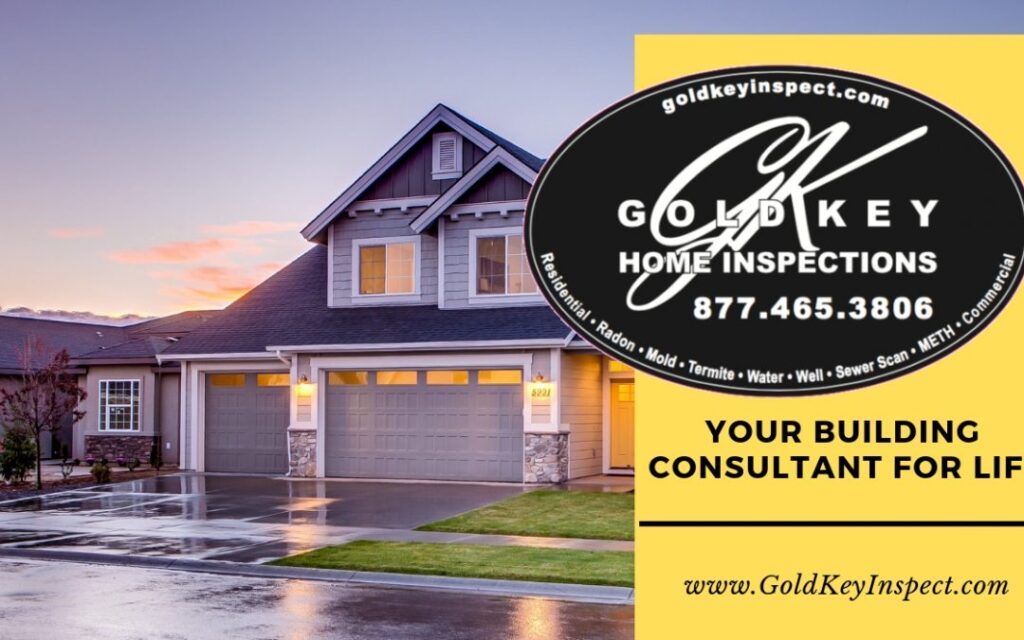
A home inspection can be an intimidating process for home sellers. Sellers can help themselves by presenting the property in the best light possible at the time of the inspection.
Listed below are some suggestions sellers can consider when preparing for the home inspection and a video to watch:
- Provide full access: Garages, attics, crawlspaces, basements, and storage sheds will need to be fully accessible. Access will also be needed at electrical panels, jetted tub motors, and water and gas shut off valves. Make sure keys are available when needed, and take steps to insure these areas are not blocked or obstructed.
- Keep utilites connected: If the home is vacant, make sure the utility service are kept on for the inspection incuding water, electical power, and gas. The inspector will need to test the heating and cooling equipment, the kitchen appliances , the water faucets and drains at sinks and tubs, and the electrical system. Without the utilities, the inspection cannot be completed which could delay closing or require a follow up inspection.
- Remove Pets: Because the inspection will require a lot of traffic in and out of the house, it is best to remove or kennel any pets whenever possible.
- Clean the house: It may seem obvious but cleaning the house and removing unnecessary clutter is often overlooked before an inspection. A clean house makes an important first impression on the inspector as well as the buyers, who often attend the inspections.
- Make repairs and provide receipts: Even minor defects can present your home in a less favorable light. It always helps if the little things can be addressed before the inspection is schedule. Repairing any known defects in advance such as loose doorknobs, running toilets, rotten wood and plumbing leaks can greatly reduce the repairs that the buyers will ask for and maintain the value of the home. It is very helpful to provide written receipts for the buyer and inspector regarding any repair work completed, as well as any repair work warranties. If any known defects are not addressed before the inspection, make sure to fully disclose them to the buyer.
- Clean out dirty or clogged gutters: Dirty or clogged gutters can lead to a variety of problems, both at the roof and on the ground below and can create the impression of poor maintenance.
- Trim trees and bushes as needed: Tree limbs overhanging the roof and bushes too close to the house should be trimmed or cut back to avoid damaging the siding.
- Paint all weather wood and caulk where needed: Weathered wood can lead to water damage very quickly and can create the appearance of poor homeowner maintenance.
- Replace the HVAC filters: Dirty filters are one of the most common defects listed in home inspection reports and they are one of the easiest and least expensive items to address.
- Test all smoke detectors and replace all batteries: Make sure that the safety items such as smoke detectors are fully functional.
- Have the fireplace chimney inspected and cleaned if necessary: A dirty fireplace flue can become a safety concern and should be cleaned every 2-3 years or as needed.
- Check all doors and windows for tight fit and proper operation: Finding windows and doors that need minor repairs or adjustments is very common.
- Check all plumbing fixtures such as sinks, drains, and toilents for any leaks: Any type of leak can be a great concern to many home buyers with the possiblity of water damage and mold.
- Test all GFCI outlets and replace any that are not operating correctly:Defective GFCI outlets are ver common defects during home inspections and can be replaced fairly inexpensively.
- Check all lights and replace inoperative bulbs as needed: Make sure all lights work properly including ones with burned out bulbs.
- Install a proper vapor barrier in the crawl space, if missing: A clean crawl space with a good vapor barrier is always recommended and can create a positve impression in an area that often has concerns.
- 17. Leave the house during the inspection: Finally, most realtors suggest that the seller leave the home during the inspection process to give the buyer and inspector uninhibited access to be able to explore the home and to talk freely and ask questions.
